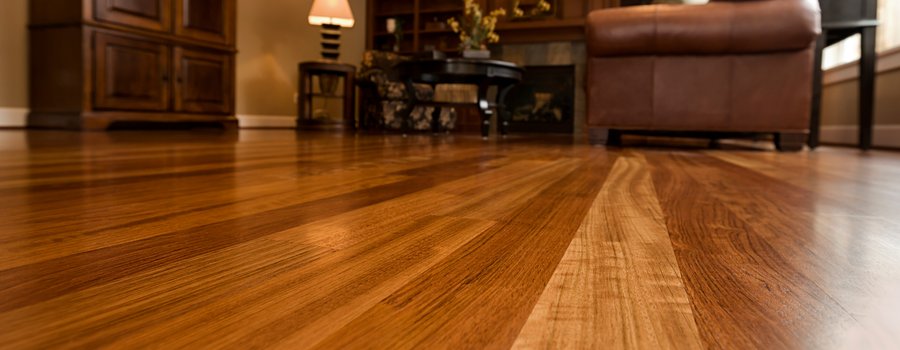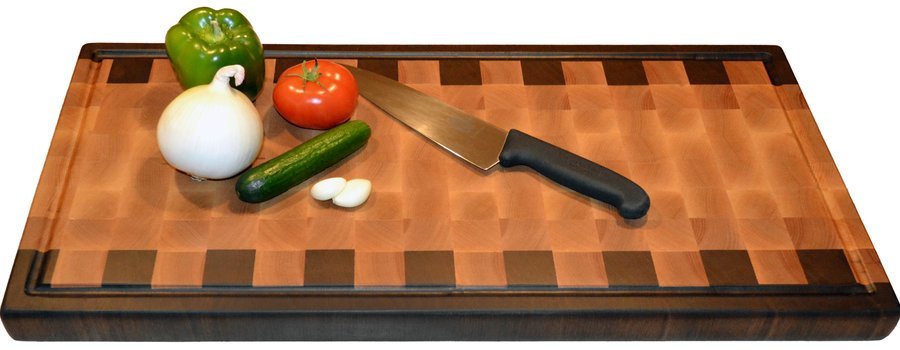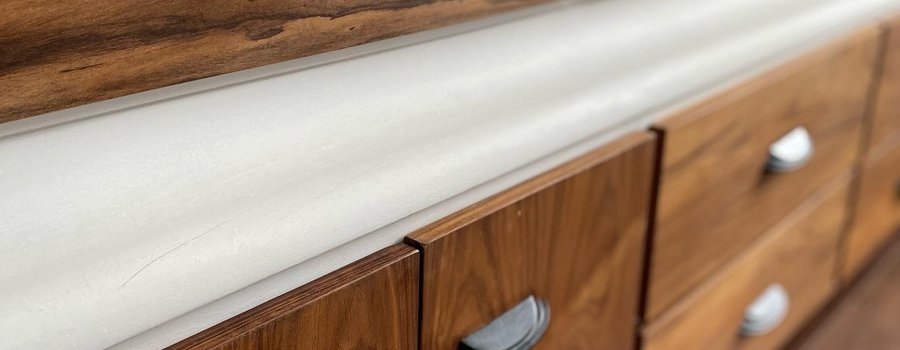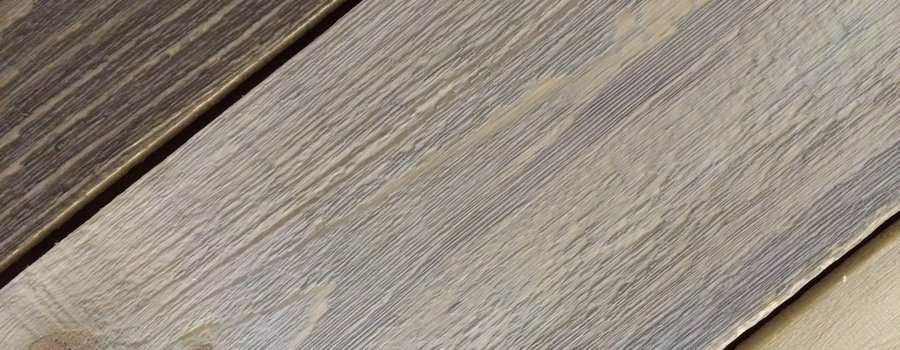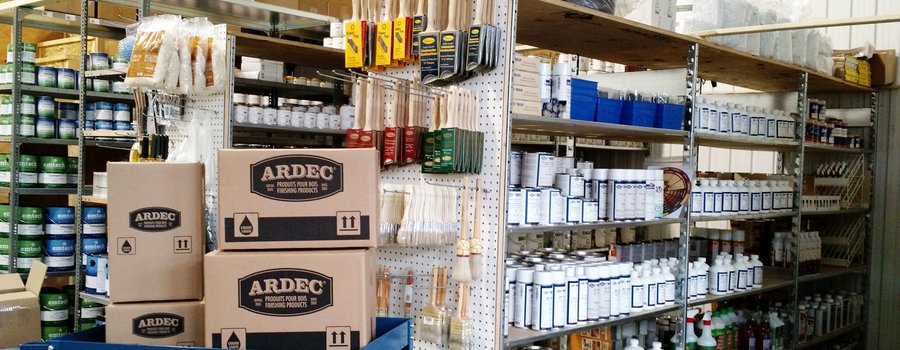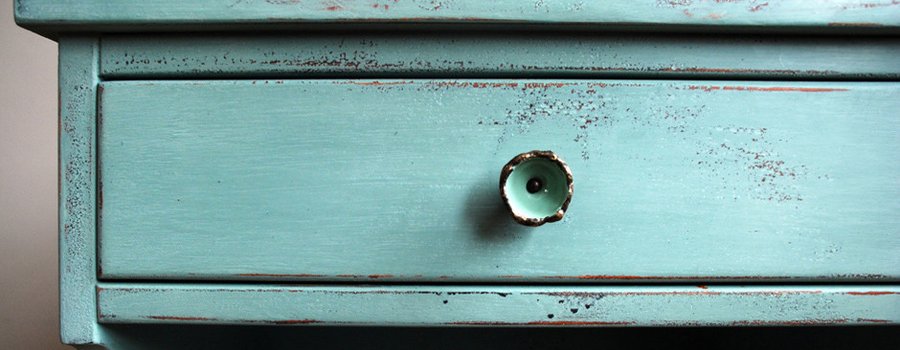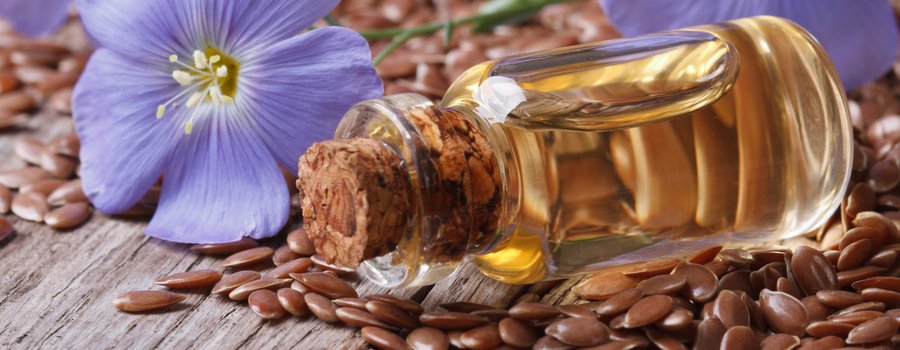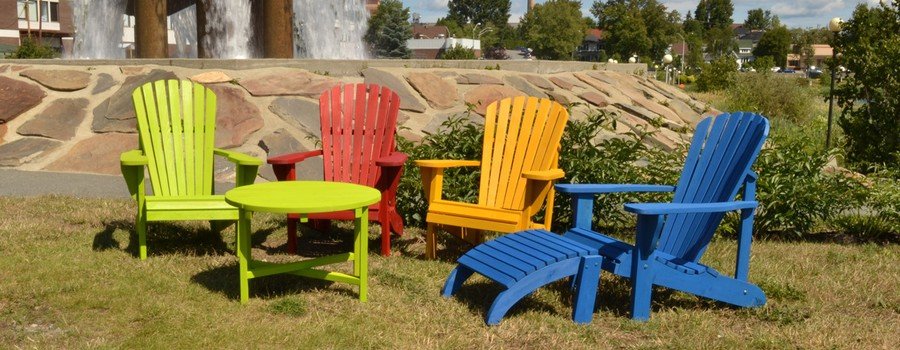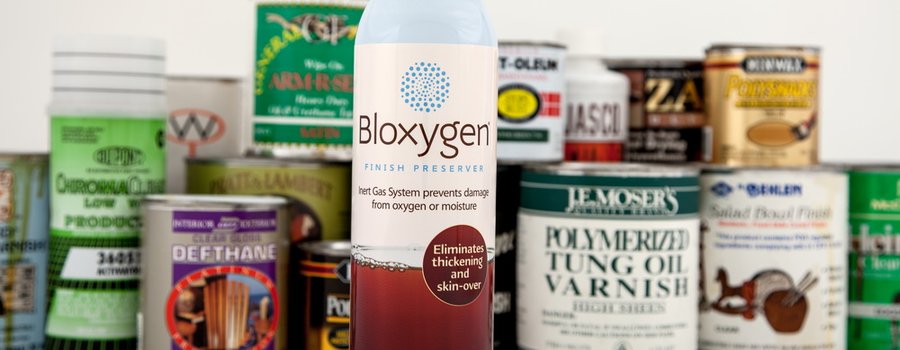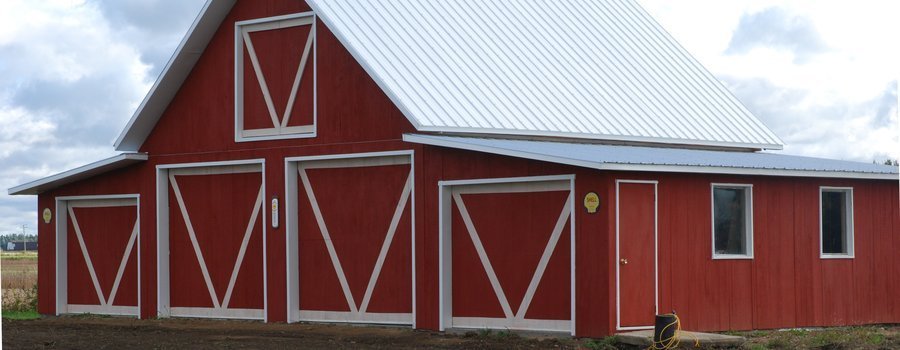As a wood finishing products retailer, we often get calls and emails from customers asking us if their leftovers from a product purchased 2, 5, or 10 years ago can still be used for a finishing project. The answers vary, since finishing products are made from different components, some of which may be sensitive to oxidation, moisture, light and temperature variations, and some which are impervious to these external factors. Anyone who had to throw away leftovers from a gallon of oil based paint or stain that has skinned, thickened or turned to gel knows how irritating and expensive it can be. Environmental costs must also be taken into account, as they are not negligible. Luckily, there are several ways to extend the shelf life of these sensitive leftovers, and even eliminate oxidation issues altogether. Read on to understand why leftovers go bad, and what you can do to prevent it.
